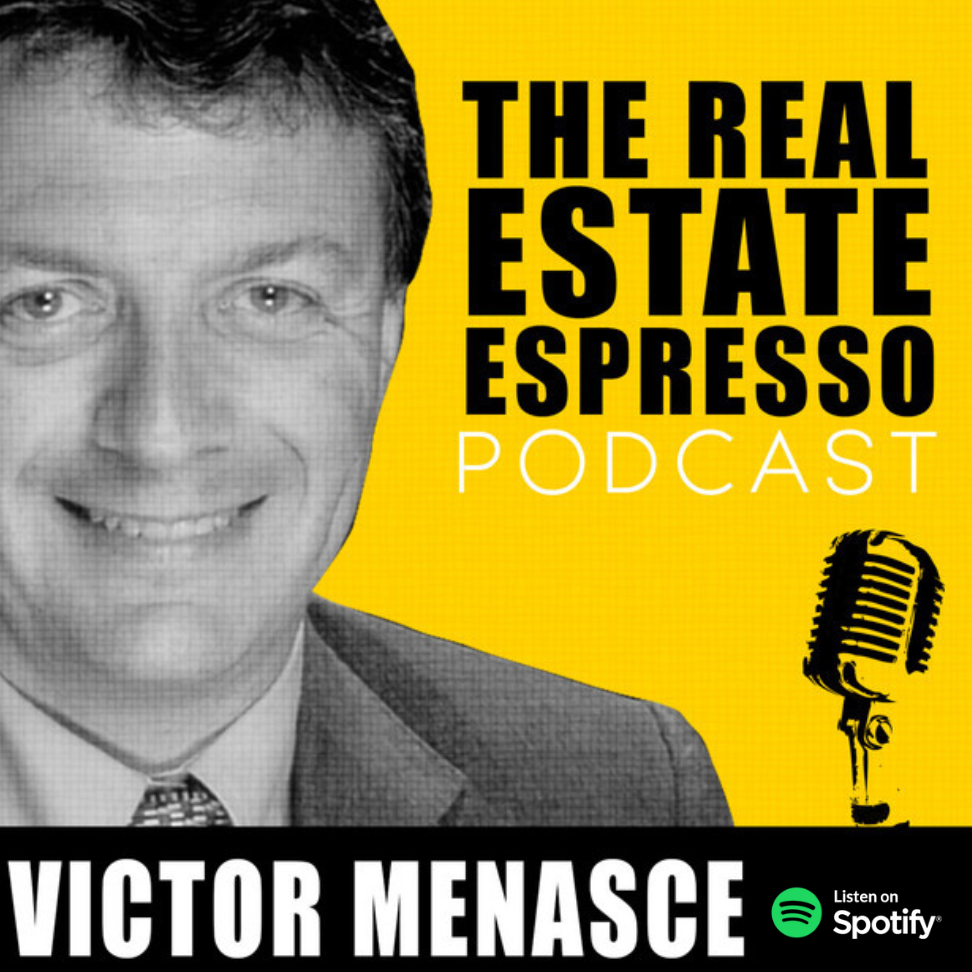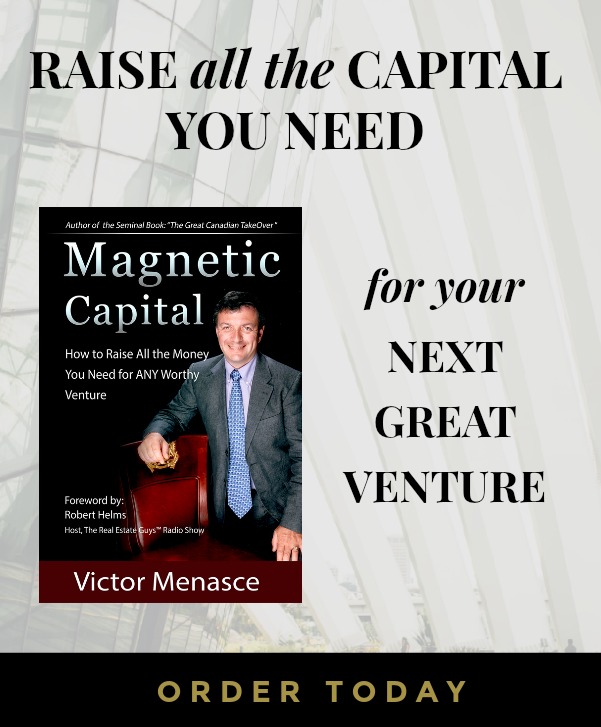On today’s show we’re talking about how to reduce our energy footprint and one of the obstacles to doing so.
Energy consumption per capita in the US and Canada is among the highest in the world. While our homes have become much more energy efficient, we still have a long way to go. One ideal is the so-called zero energy footprint home. These homes not only lead the way in terms of energy efficiency, they also produce enough electricity to cover their consumption needs. All of this comes at a price. The cost of building such a home is definitely higher than vanilla stick built construction.
Since housing affordability is one of the most important issues in our communities, the idea of spending even more is outrageous to most people.
One of the leaders in green technology and clean technology is a gentleman named Vinod Khosla. Vinod was the founder of Sun Microsystems in Silicon Valley. His company created some of the greatest breakthroughs in computing technology dating back to the 1980’s. His company has since been acquired by Oracle and he runs a venture capital firm called Khosla Ventures.
He has a very pragmatic view of green technology. If the technology requires a government subsidy to be viable, it’s not interesting. If it requires massive investments in infrastructure, it’s not interesting. Your Toyota Prius, or your Tesla reduces greenhouse gas emissions by a tiny micro-fraction of a percentage. Until you come up with a technology that will convince the low income family in China or the single mother in New Delhi to stop cooking dinner on an open air fire using two bricks of coal, we will struggle to make headway on our global environmental challenge.
The obstacles that make pollution the path of least resistance need to be removed.
On today’s show we’re talking about one of those challenges. This is the story of Brad McLaughlin. He’s a home builder in New Brunswick who built a zero footprint home in 2017.
But the three-bedroom, two-bath home stubbornly refuses to sell. It has been on and off the real estate market since 2017.
Starting out, McLaughlin’s asking price was $695,000.
By May, 2019 he lowered it to $570,000.
This week he put the two-storey house back on the market at $495,000.
The problem appears to be financing. Appraisers don’t know how to model a high efficiency home compared with a regular home. They see comparable sales and comparable construction costs in the area, and they don’t recognize the lower cost of ownership associated with a zero footprint home. Their financial model assumes that the energy consumption will be the same as a conventional home, and that the purchase and sale price should be identical to any other home in the area.
The technology for zero footprint is here. It’s a little expensive, but not out of line.
Here’s the problem. Home prices in my area have gone up 19% in less than a year. Appraisers and lenders are happy to recognize a 19% increase as perfectly normal in a market. Lenders are willing to lend against it. But a 15% increase in cost in order to create a zero footprint home is way off-side. There’s a certain silliness that allows price increases of 8%, 15%, 19% in a single year to be OK, but the construction of infrastructure that will make a home consume zero energy for the life of the home is not considered to be a legitimate part of the home value.


